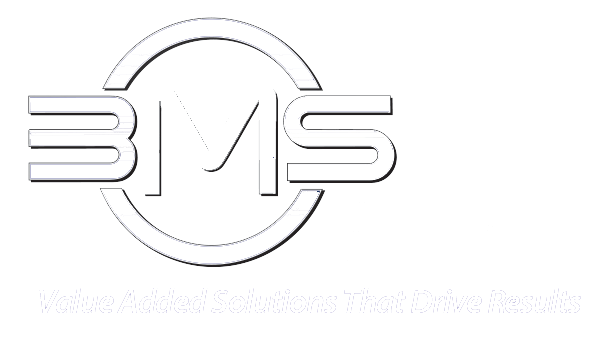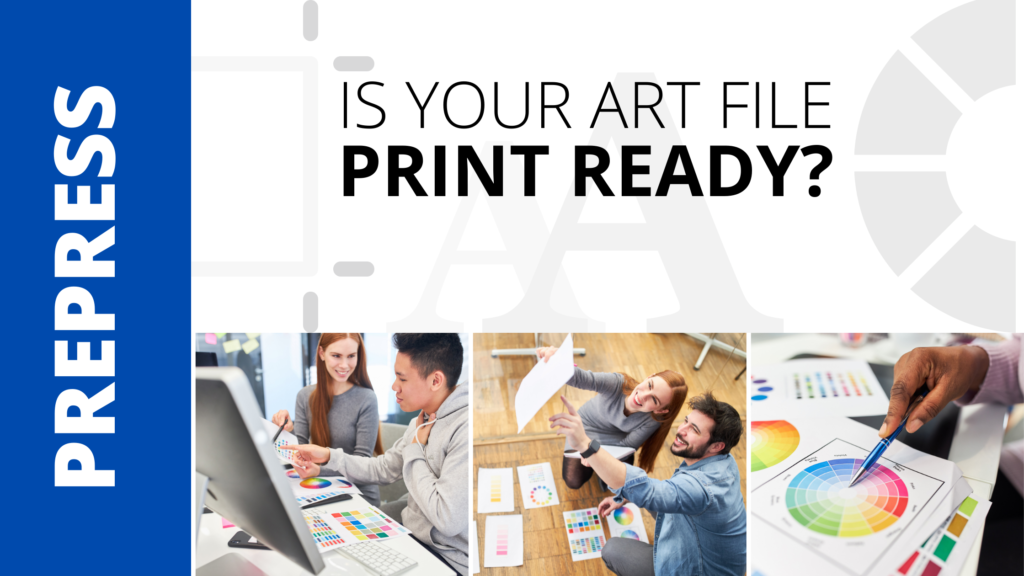Is Your Art File Print Ready?
Many things go into getting a file ready for print. For print, this process is called Prepress, assembling and editing a product (such as a book or newspaper) before printing. (Source: Merriam).
Creating the Perfect Printed Piece
Without the proper knowledge, it’s hard to create the perfect printed piece. It’s not just about the right design, colorful logo, flowing fonts, and excellent pictures. That’s why a prepress department is so important. Making the correct modifications will ensure that your work outputs perfectly. Below are some step-by-step measures that you, as a client, can make before sending your work to the printer.
Proofreading
Proofreading the document before sending it to the printer is essential. Catching any grammatical or spelling errors, information, or flow of the document before your printed piece is in the hands of the recipient is important.
The Prepress department will essentially check and adjust the spacing such as kerning, leading, and tracking, line breaks, uniformity of the text throughout, and make sure all the fonts are available and embedded within the document.
Image Resolution & Size
There are two different types of images used in a design – a raster or vector graphic. If using a raster image, be sure to not enlarge it more than 15-20% of the original size to avoid pixilation and make sure it is at least 300 dpi. Common file types include PNG, JPG, GIF, PSD and TIF. Vector graphics are a series of lines and curves. You can scale an image created purely as a vector file to any size without loss of resolution. However, most images will still contain at least some raster elements. (Source: BMS).
CMYK Color
The printing process uses CMYK (cyan, magenta, yellow and black). CMYK is a subtractive color model, so this adds pigment or dye to a page to subtract white from an image. (Source: BMS). Did you know that most design software use RGB as a default color mode? It’s true! Since most printers print in CMYK, a good rule is to switch the software color mode from RGB to CMYK.
A prepress technician will always check for color accuracy of the design and images before sending it off to print.
Bleed or No Bleed
A bleed is the image or color area that’s extended beyond the final trimmed product. It’s just a way to reduce misprints and provide a margin for error. The general rule of thumb allows for .125” bleed extended past the trim mark.
Cutting machines will trim the printed image to your specifications in the printing process. If you haven’t left a bleed, the cutting machines will trim 0.5mm past the edge of your graphic. If you haven’t extended the image beyond a bleed area, this cutting will leave a noticeable white line and look unprofessional.
Need more help, BMS Direct, Inc. is here for you.

